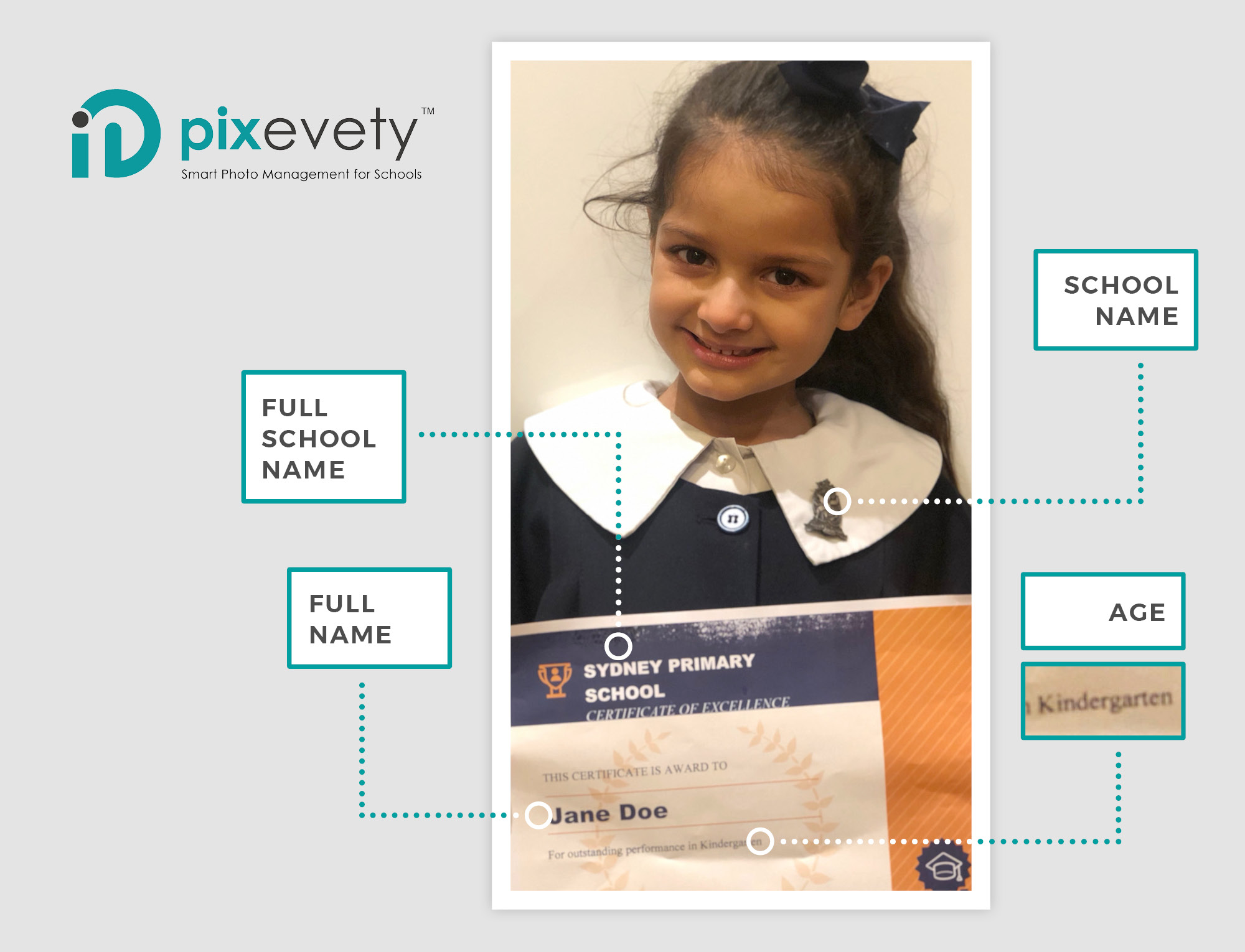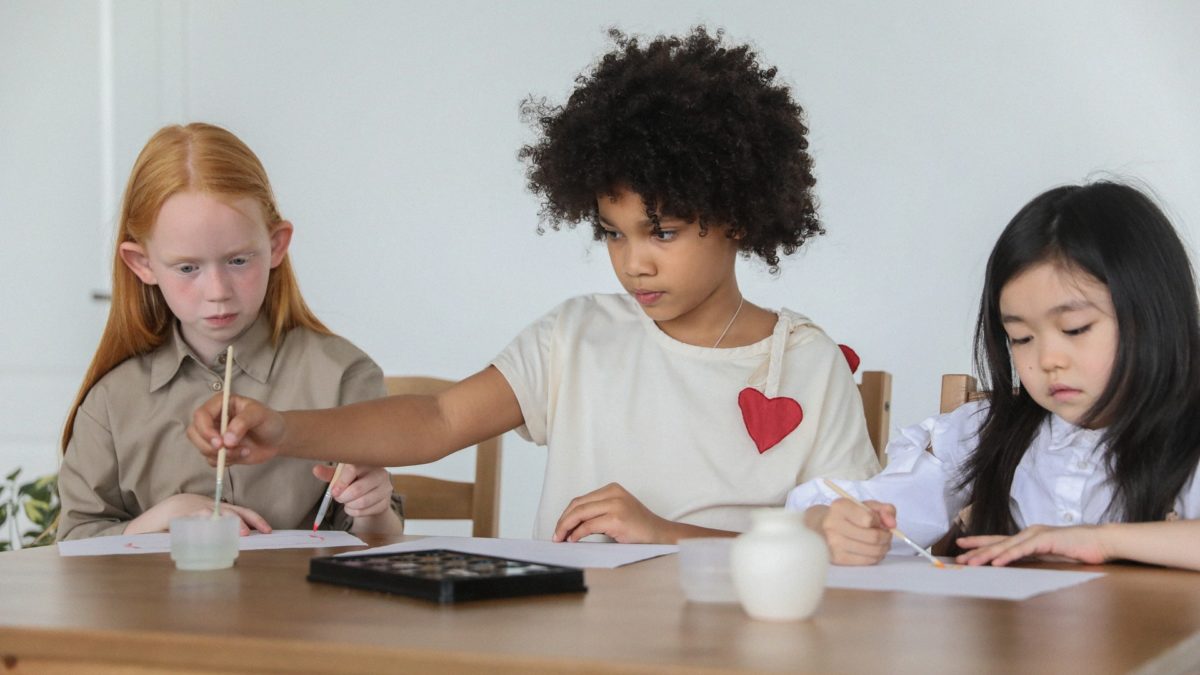When our daughter was just eight, I found myself feeling as if I’d failed my little girl when I shockingly saw my daughter’s image on the side of a bus, despite specifying to the school we did not give consent for this to happen.
She was front-and-centre in the photo, being used to promote remedial maths, sitting at her desk, looking up at the camera. We saw the picture of her on the side of a bus advertising the school and I just thought, I can’t fix this.
I felt we didn’t protect her, that the school didn’t protect her and we had incorrectly trusted the school to do the right thing by her. We had specifically requested that the school not use any images of our daughter for external materials. We had gone out of our way to make our preferences clear around the use of her image. We even handwrote our specific permissions on the privacy forms which were bundled at the time. We had not been asked for permission to use that photo.
It was hard enough to convince our daughter to attend this special remedial class as she was already embarrassed about it. The teachers were very aware of this fact. So, to have a photo of her in that context would never be something we agreed to.
School is a place where you send your kids believing they are safe and protected. The fact that no-one took this into consideration before using her photo for promotion of a remedial class was very disappointing.
The very next day, we rang and booked a sit-down meeting with her teacher, who was also the Junior School Head at the time, and complained. She apologised and assured us it wouldn’t happen again—but it was too late to fix the problem for us.
Her apologies also felt very hollow at the time as she could not tell us how she would ensure this didn’t happen again to our daughter or another child at the school. There seemed to be no process in place to manage image consents properly.
How to protect your child’s privacy
What might start as an innocent image taken by an individual or organisational body, with the parents’ trust, can end up in the wrong hands or used in the wrong context.
Children are increasingly exposed to image-based abuse. Today, this risk begins a lot earlier than the school setting with the modern rite of passage to announce a baby’s birth online, kicking off the start of a child’s digital footprint.
Here are six simple things you can do to protect your child’s online privacy.
- Make sure each year you’re re-confirming your permission when it comes to your child’s privacy and sharing of imagery and data
- Whether it’s your little one’s first time at kindy or your 15-year-old’s tenth year at the same school, consent should be given each year, specifying how and where you’re comfortable with images being shared.
- Ask for transparency in terms of how your child’s picture is being used and taken. This can be a grey area. For instance, if the teacher is taking photos on their personal phone (even with honest intentions) they then own the photo and it might even be automatically uploaded to their iCloud—from there, ownership and control of that image is lost.
- Make sure the school specifies use—rather than just a blanket permission through a tick box—such as marketing materials, social media, external use.
- Check the system for ensuring consent differentiation is met. How do they ensure the marketing coordinator won’t grab a photo of your child and put it in the yearbook if you’ve said no to this type of image use?
- Ask about the school’s policy when it comes to sharing and storage of images.
Relevant: Three questions about photo consent you need to ask your kid’s childcare or school
Avoid these identifying features in any of your child’s photos
Photos such as this immediately give away the location and identity of your child.

How helpful was this article?
Click on a star to rate it!
0 / 5. 0
Be the first to rate this post!
Colin Anson
Related posts
Subscribe
Receive personalised articles from experts and wellness inspiration weekly!

